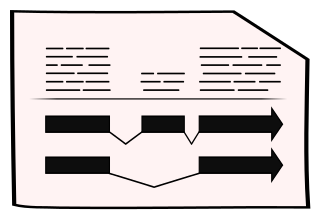Schistosoma haematobium
BioProject PRJEB44434 | Data Source Wellcome Sanger Institute | Taxonomy ID 6185
About Schistosoma haematobium
The trematode Schistosoma haematobium is one of the three major infectious agents responsible for the chronic debilitating disease schistosomiasis found throughout Africa and the Middle East and southern Europe. The intermediate hosts for the parasite are snails from the genus Bulinus and Physopsis and the definitive host is a human. This parasite invades the urinary system and bladder damage can lead to death.
There is 1 alternative strain from this genome project for Schistosoma haematobium available in WormBase ParaSite: tdSchHaem2.1
There is 1 alternative genome project for Schistosoma haematobium available in WormBase ParaSite: PRJNA78265
Genome Assembly & Annotation
Assembly
This annotated genome assembly was produced as part of the doctoral thesis of Duncan Berger: [Berger, D. (2021). Comparative and population genomic analyses of the parasitic blood flukes (Doctoral thesis)](https://doi.org/10.17863/CAM.86667).
The assembly was generated from PacBio long-read sequencing data and scaffolded using Hi-C.
The source material for genome sequencing was three single-miracidium-derived adult female worms (Egypt strain), provided by Ron Hokke and Anna Kildemoes from Leiden University Medical Center, the Netherlands. Additional worms from the same collection were used for gene finding.
Annotation
Gene finding employed a customized pipeline that integrated RNA-Seq, Iso-Seq and homology data. Berger, D. (2021). Comparative and population genomic analyses of the parasitic blood flukes (Doctoral thesis).
Downloads
Navigation
Assembly Statistics
| Assembly | tdSchHaem1.1, GCA_944470455.2 |
| Strain | tdSchHaem1.1 |
| Database Version | WBPS19 |
| Genome Size | 390,696,044 |
| Data Source | Wellcome Sanger Institute |
| Annotation Version | 2022-10-WormBase |
Gene counts
| Coding genes | 9,911 |
| Gene transcripts | 21,716 |
Learn more about this widget in our help section
This widget has been derived from the assembly-stats code developed by the Lepbase project at the University of Edinburgh












